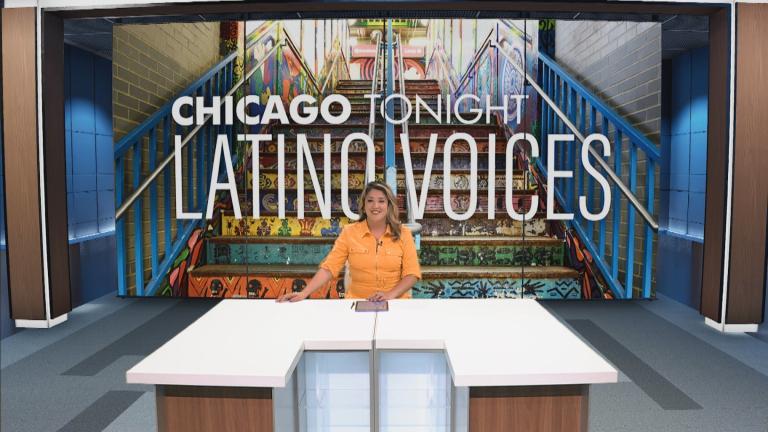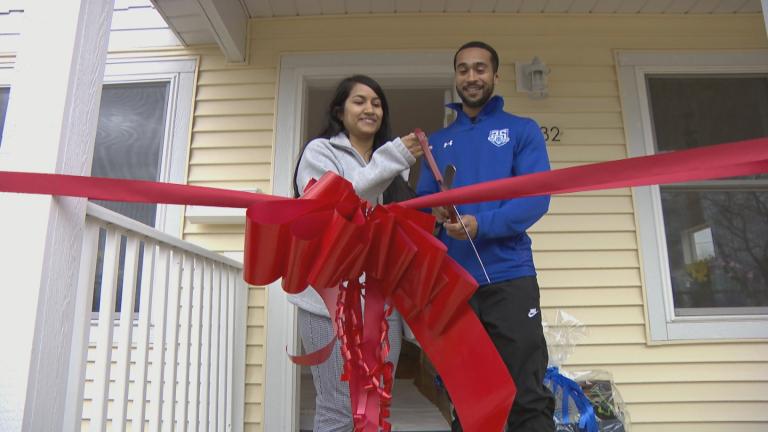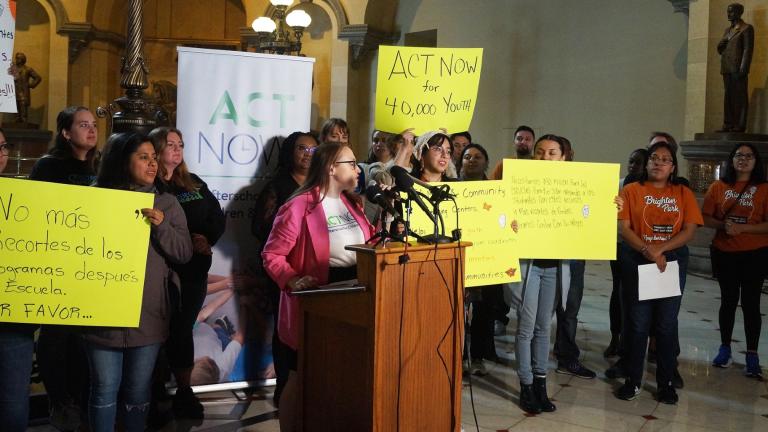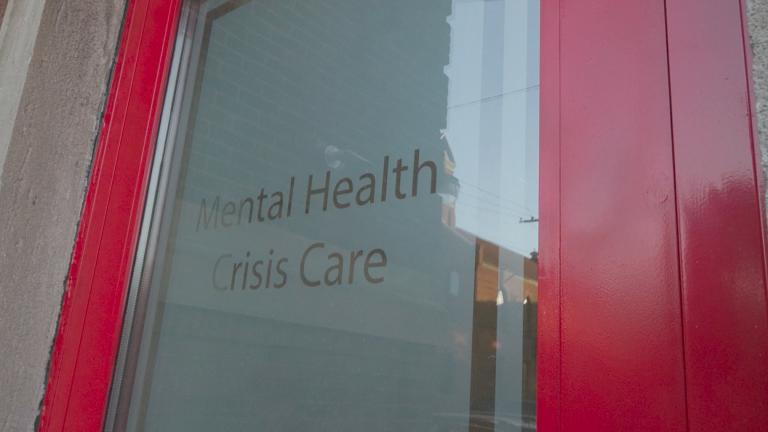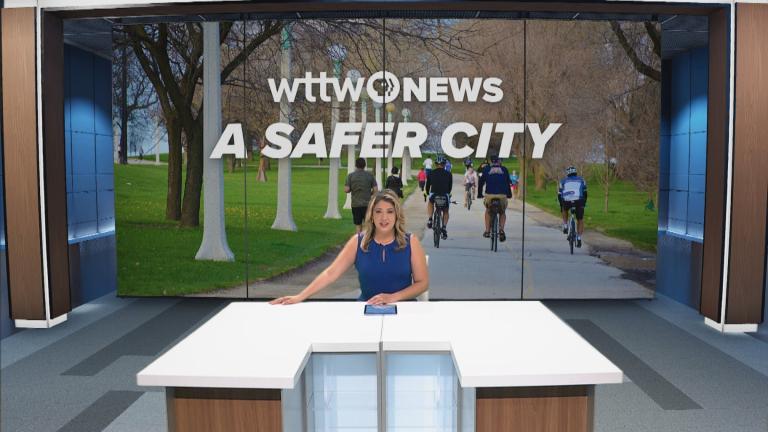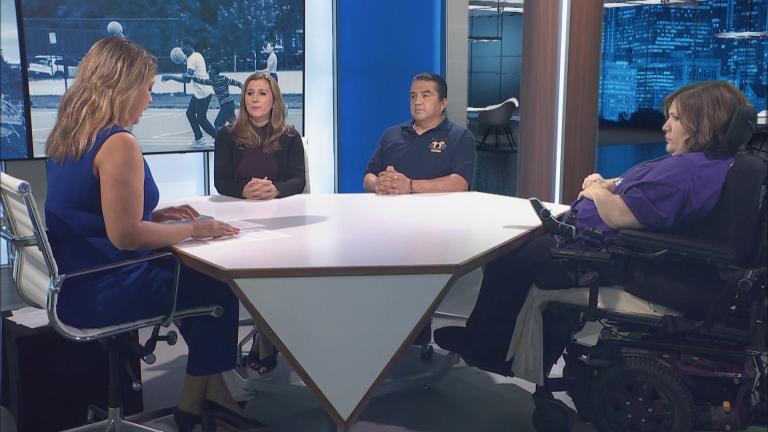In the last 20 years, the Chicago Public School system has lost more than 100,000 students, with 40,000 leaving the system in the last five years. Today, enrollment stands at just over 330,000, making it the third largest public school system in the nation – for now.
The education advocacy group Kids First Chicago conducted a study digging into the root causes of the enrollment drop. They found that while some factors are unique to Chicago, the enrollment decline is also due in part to a nationwide trend of lower birth rates overall.
Daniel Anello, CEO of Kids First Chicago said the birth rate is a significant factor, but it’s only one piece of the puzzle.
“When you look at birth rates in 2009, for example, compared to 2019, just in the Chicago area, there were 44,000 births in 2009 and in 2019, just 10 years later, there’s 33,000,” Anello said. “And so that means 11,000 less school-aged children for the city of Chicago and for CPS, which gets about 80% of those students, that’s a pretty significant decline when you think about that year, over year, at every single grade level. So it is a pretty significant piece of this.”
Michelle Bautista, who has two children in CPS, said Chicago doesn’t support low-income families enough to keep them here.
“I think that if you are coming in in a certain income bracket, it is easier. If you are coming in on a lower income bracket, I think that’s where we’re losing folks. I think a lot of families who are Black and brown have had to go to the outskirts of the city for affordable housing and had to travel farther. And I think that’s where we’re losing a lot of enrollment.”
Anello said Bautista’s observations align with the findings of their study, particularly when it comes to the 260,000 Black people who have left Chicago since 1980.
“When we zeroed in on the Latino population, what we saw was there’s a number of factors driving [people] out, including birth rates falling, which we talked about; including a slowing of in-migration of the largest population of the Latino population, which are folks of Mexican heritage,” Anello said. “But one of the big drivers has been gentrification and if you look at specific neighborhoods, particularly for Chicago public schools, the Pilsen/Little Village region, which is an area that the population is predominantly Latino. And they’re predominantly subscribers to Chicago Public Schools, 80%+ of the families, they’re sending their kids to schools at Chicago Public Schools and the decline in that region, literally they’ve lost one in five students in the last five years.”
Though CPS gets plaudits for the success of its selective enrollment schools, Michelle Bautista said the success those schools experience should be the rule, not the exception.
“The standard should be a strong neighborhood school. If [my kids] get into a great school and I have to drive an hour, or if my kid can get into a stellar high school, but I’m working, you know, until 6 p.m., I’m going to not put my child in that school. I think that CPS is not taking into account that families are working one, two, three jobs that they’re living farther. It’s really affecting quality of life.”
Anello said Kids First Chicago is preparing to release the second part of their study that analyzes what Chicago and CPS can do to reverse the trend, because further losses have the potential to deprive remaining students of resources.
“The less kids you have, the less resources you have coming into the school system,” Anello said. “And then because it’s a more macro trend, where population trends are changing and we’re losing population on specific communities, it just means the tax base is not there to fund the schools.”

